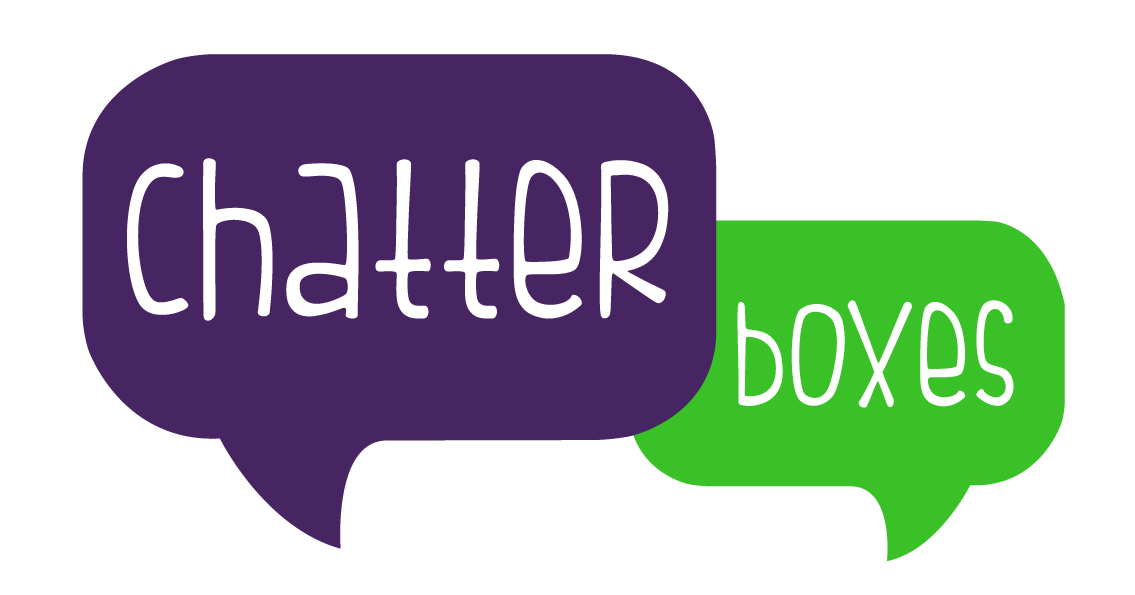People are always recommending to use a visual timetable in the classroom, but how do you use it? Where can you get one from?
Visual timetables will help all the children within the classroom, even the higher ability ones.
Think about when you are at a train station…. You know that you are on the right platform, maybe you catch this train every day or every week. You know exactly what stops the train will go to before yours and you know what time it is due to arrive. How many times do you look at that board to check on your train? A lot.
It’s the same in the classroom. Having a timetable to reference what you are doing and what will be coming up in the day is comforting and reassuring. It helps the children to know that Maths isn’t going to last forever or that lunch is coming up next and so might help to reduce some of those unwanted behaviours in the classroom.
Now, it’s all very well having your visual timetable up in the classroom, but are you using it? You need to refer to it – visually and verbally – throughout the day!
Some tips:
- At the start of the day, go through what will be happening while pointing to the visual timetable. It might help to do this for the afternoon as well after lunch.
- Take off the activity cards when it is finished. Put them into a finished pot. Maybe get a child to do this for you!
- Use the same language each time – for example, “now it’s the register”, “the register is finished, now it’s Phonics”. Point to the relevant parts of the timetable when you talk about it.
- Use the same symbol cards across the school – this will help children when they go into different classrooms or change year groups.
- Make sure the visual timetable is somewhere the children can see it! Is it visible? Is it big enough? Is it lost in all the other things on the wall?
Visual timetables may seem like they will take a long time, but they will save you time in the long run!
Please use them and remember to refer to them regularly.
